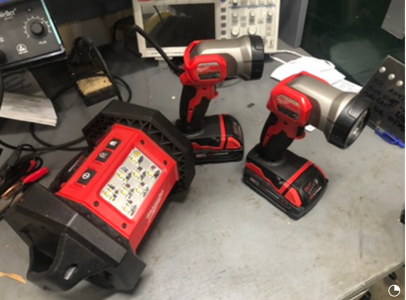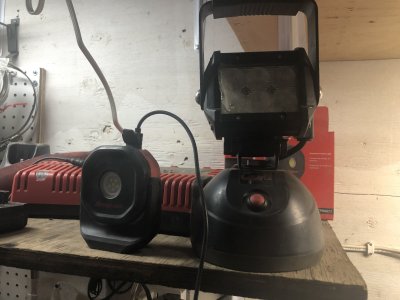My 30 year old corded light bulb trouble light has seen better days, even with LED bulb retrofit. I was looking at modern LED based equivalents. Apparently corded cost as much as battery powered these days & really, why do I want to drag a cord around anyways. But I'm not really keen on yet another battery format, charger etc. I have Milwaukee tools already, so M12 batteries, charger etc. Anyone have any user experience with this one? 200 lumens doesnt sound like a lot. Isn't a regular 100 watt bulb like 1500 lumens? Am I missing something fundamental here?

 www.kmstools.com
www.kmstools.com
The bigger 18v is only a bit more, 300 lumens

 www.kmstools.com
www.kmstools.com
And for bonus points confusion. I have this little flashlight which is pretty bright. They say brightness = 1600 and 'high lumens'.... whatever that means. Is it because it has a focusing lens it seems bright?

Milwaukee M12 12 Volt Lithium-Ion Cordless LED Stick Light - Tool Only
The Milwaukee M12™ LED Stick Light delivers best in class light output and unmatched versatility in a compact and durable design. The stick light utilizes 3 powerful LEDs to provide optimal brightness and light coverage while the multi-position hook
The bigger 18v is only a bit more, 300 lumens

Milwaukee M18 18 Volt Lithium-Ion Cordless LED Stick Light - Tool Only
Versatile and tough, the M18 stick light features two light settings with three powerful LEDs. The High setting provides 300 lumens for maximum coverage and light output, while the Low setting provides 150 lumens for interior work where a brighter light m
And for bonus points confusion. I have this little flashlight which is pretty bright. They say brightness = 1600 and 'high lumens'.... whatever that means. Is it because it has a focusing lens it seems bright?








